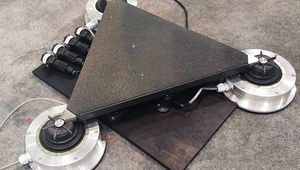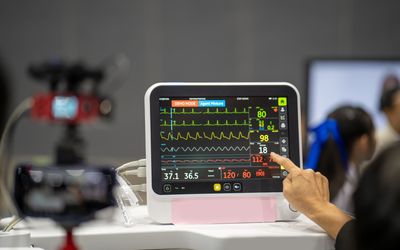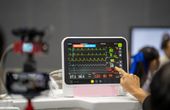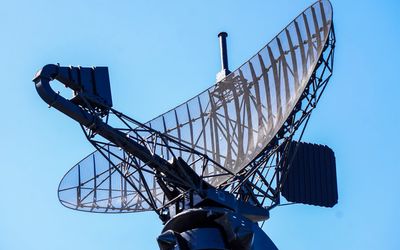XENSIV™ DEMO BGT60TR13C Radar Sensor Demo Board
Demo board for XENSIV™ 60 GHz BGT60TR13C radar sensor for presence sensing, segmentation & tracking, as well as vital and gesture sensing
Technical Specifications
| Antenna Type | Antenna in Package |
| Board Type | Demo Board |
| Frequency Range | 58 to 63.5 |
| Gain | 3.5 |
| Max. Detection Range | up to 15 |
| Radar Family | Radar 60 |
Overview
Infineon’s XENSIV™ BGT60TR13C Radar Sensor demo board consists of a Radar Baseboard MCU7 and a BGT60TR13C shield. The BGT60TR13C MMIC comes with integrated antennas and is equipped with one transmitting and three receiving antennas. A L-shaped antenna array ensures horizontal and as well as vertical angular measurement. Thanks to its small form factor and low power consumption, BGT60TR13C MMIC brings innovative, intuitive sensing capabilities to many applications. The board can further connect to an external microcontroller or Arduino MKR.
Integration with XENSIV™ BGT60TR13C Shield
The radar baseboard facilitates the BGT60TR13C shield providing seamless connectivity to receive and send radio signals. Hence, it supports all the operations available in the BGT60TR13C radar sensor.
BGT60TR13C comes with a small form factor, 6.5 x 5.0 x 0.9 mm³,. Thanks to that the radar sensor fit into various applications and address different use cases, like presence sensing, segmentation & tracking, intrusion detection. Moreover, gestures as well as vital signs can be tracked.
The XENSIV™ BGT60TR13C demo board runs at a mere 3.3V DC consuming minimal power. So, it provides flexible user operations and portability to the users.
Thanks to the broad spectrum of connectivity, it can work seamlessly with smartphones, tablets, speakers, home automation devices, LED lighting systems, security, and protection systems, etc.
The board is working with Frequency-Modulated Continuous Waves. It features connectors and soldering pads for easy connectivity with external peripherals and boards. Moreover, the USB connector provides SPI communication protocols to connect the sensor shields with an external PC or microcontroller.
Advanced Support for Presence Detection and Segmentation & Tracking, as well as , Gesture, and Vital Sensing
The BGT60TR13C demo board features an ARM Cortex M7 microcontroller that facilitates the interaction between the sensors, external microcontrollers, and PC.
Thanks to the low power consumptions and high sensitivity of XENSIV™ BGT60TR13C, the radar sensor, is suitable for sensitive but power-controlling applications like switching air-conditioning and lighting control. Unlike typical PIR sensors, it can detect presence without movement. For presence detection, the BGT60TR13C demo board can facilitate smooth sensing.
After installing the BGT60TR13C shield on the radar board, users can configure the device to track the location of several people with 60GHz echoes. The board facilitates the multiple antenna designs allowing itself to track more than one target by creating multiple segments in a given space. Based on the segmentation, the powerful radar baseboard microcontroller can decide resource allocation, such as lighting and air conditioning control for each room part. Hence, it can optimize energy consumption by replacing power-hungry sensors and camera-based mechanisms. Moreover, the board eliminates the chances of privacy breaches as no images are involved.
The radar baseboard provides configuration options helping the users to develop new algorithms or use the existing ones. Its advanced capabilities also include material classification and gesture sensing.
References
Recommended Specs
Continue Reading
Contactless Measurement of Heart Rate and Respiration Rate: Transforming Healthcare with Radar Sensors
The demand for compact yet energy-efficient radar sensors for remote vital sign monitoring is witnessing an exponential rise in the healthcare industry for several reasons.
In the realm of radar and communication systems, understanding different frequency bands is important. Among these, the K band, Ka band, and X band stand out due to their distinct properties and applications. Mastering their nuances enables engineers to improve system performance and add innovations.








